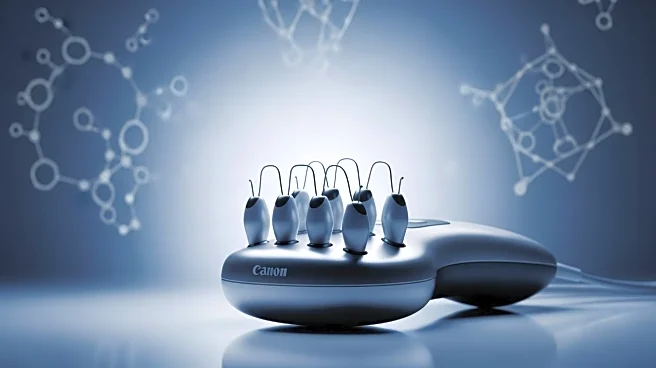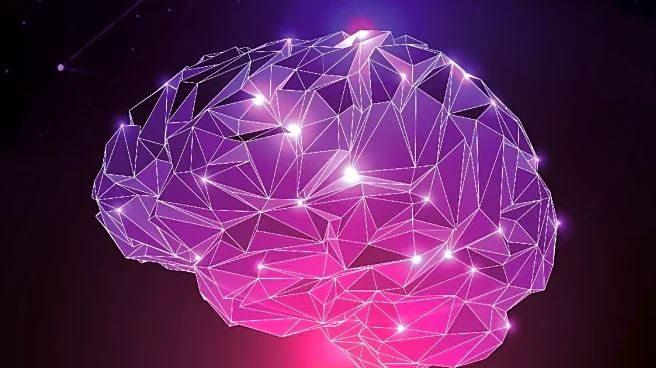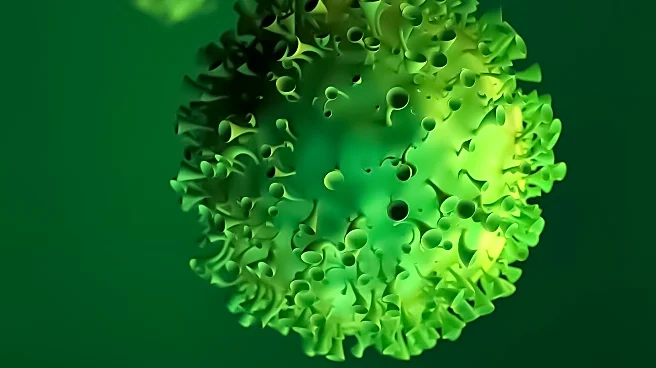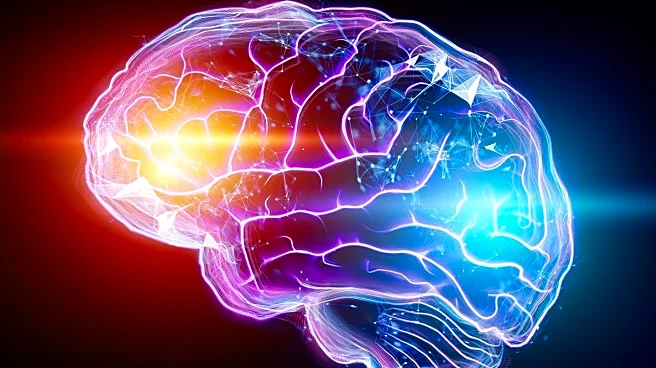What is the story about?
What's Happening?
A study has investigated the white matter microstructure and gray matter density in 12-year-old children born very preterm compared to full-term controls. The research found no significant differences in white matter tracts between the two groups, contrasting with previous studies that reported alterations in preterm children. However, differences in gray matter volumes were observed, with preterm children showing decreased gray matter in certain brain regions and increased volumes in others. The study suggests that improvements in neonatal care over the years may account for the absence of white matter differences.
Why It's Important?
Understanding the long-term effects of preterm birth on brain development is crucial for developing targeted interventions and support for affected individuals. The findings of this study could influence future research and healthcare practices, potentially leading to improved outcomes for preterm children. The study highlights the importance of continued advancements in neonatal care and its impact on reducing developmental disparities. It also underscores the need for ongoing monitoring and support for preterm children as they grow.
What's Next?
Further research may focus on analyzing specific subgroups of preterm children, particularly those born extremely preterm, to better understand the nuances of brain development in these populations. Longitudinal studies could provide insights into how brain structure changes over time and its correlation with cognitive and behavioral outcomes. Healthcare providers may use these findings to refine strategies for monitoring and supporting preterm children throughout their development.
Beyond the Headlines
The study raises questions about the role of neuroplasticity in compensating for early brain injuries and how environmental factors may influence brain development in preterm children. It also highlights the ethical considerations in neonatal care and the importance of equitable access to advanced medical interventions. The findings could contribute to a broader understanding of brain development and the interplay between genetics, environment, and medical care.
AI Generated Content
Do you find this article useful?













